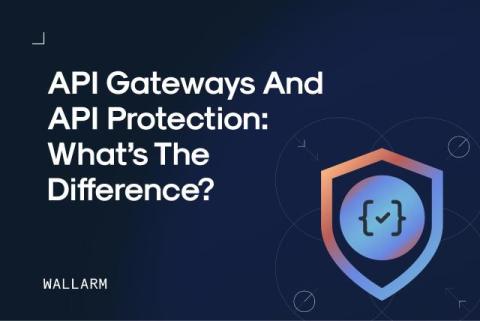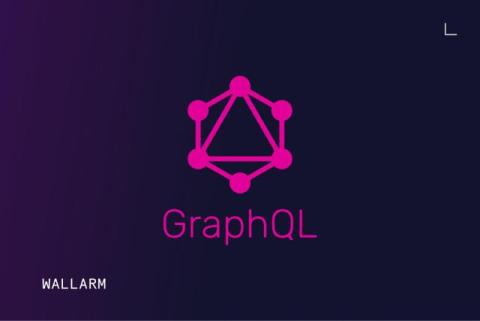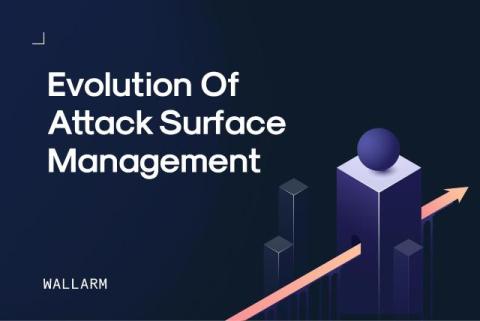Choosing the Right Deployment Option for Your API Security Solution
You need an API security solution. That much is a given (although some may argue it isn’t!). While essential for business growth and innovation, APIs, or Application Programming Interfaces, expose the organizations that use them to cyber threats. Attackers are both aware of and actively exploiting this fact: Wallarm recently revealed that attacks on APIs impacted 98.35 million users in Q2 2024.











